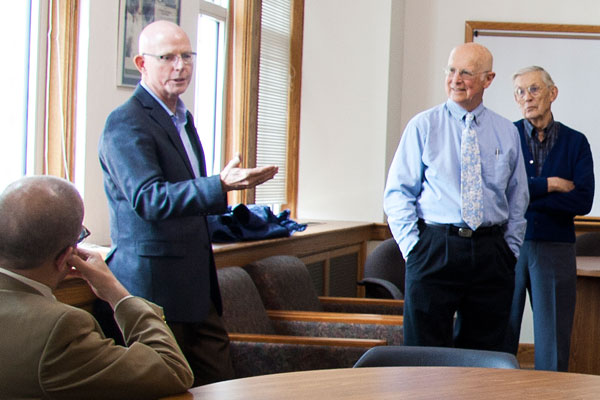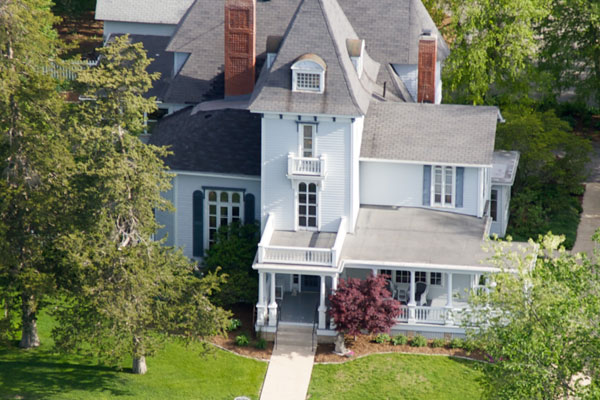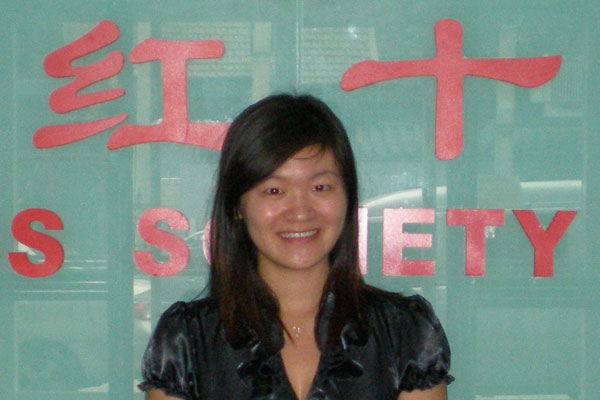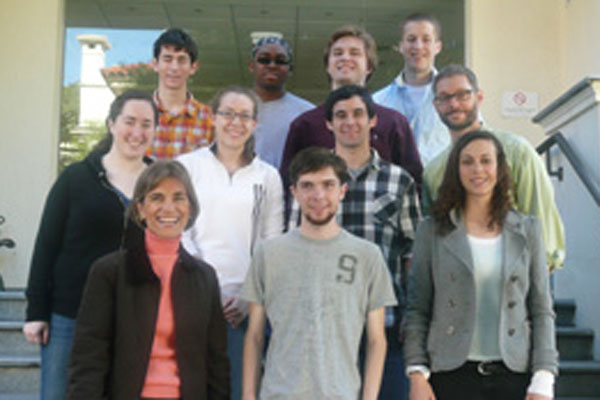D.C. Metro, Cornell share architect
What do The Commons, Tarr, Dows, Pauley, and Rorem halls have in common with the Metro rail system in Washington, D.C.? All were designed by the Chicago architecture firm Harry Weese Architects.
Harry Weese is famous for his work on the Metro and buildings across the Midwest. In the 1960s, President Arland Christ-Janer retained his firm to design buildings for Cornell. The design work on Cornell’s campus was actually done by Ben Weese, Harry Weese’s brother and a renowned architect in his own right.
Hugh Lifson, emeritus professor of art, said when Ben Weese was designing The Commons, he was hoping for a sense of continuity and flow between spaces.
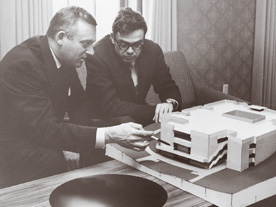
“He wanted to express the sense of ‘contiguity’ found in the buildings of Louis Kahn,” Lifson said. “That is, he wanted there to be a flow from one room to another. This sensibility was to be achieved by the lighting and absence of curtains which would make the naked bulbs in the ceiling be reflected in the windows, and be seen from one room to another.”
Harry Weese Architects worked with Cornell for more than two decades and helped with the 1960s renovation of King Chapel.
In an oral history compiled for the Chicago Architects Oral History Project, Ben Weese mentions Cornell several times, including his work on King Chapel.
From the oral history: “I think I’ve already confessed not to be a historic preservationist, but we did an adaptive reuse of a chapel at Cornell College, which got me into an acoustic musical thing and we had a pretty nice organ in there. Olivier Messiaen gave the opening concert and I was really angry that the client never told me about this.”
Perhaps he can take comfort that one of his buildings—The Thomas Commons—is still the centerpiece of campus life.

